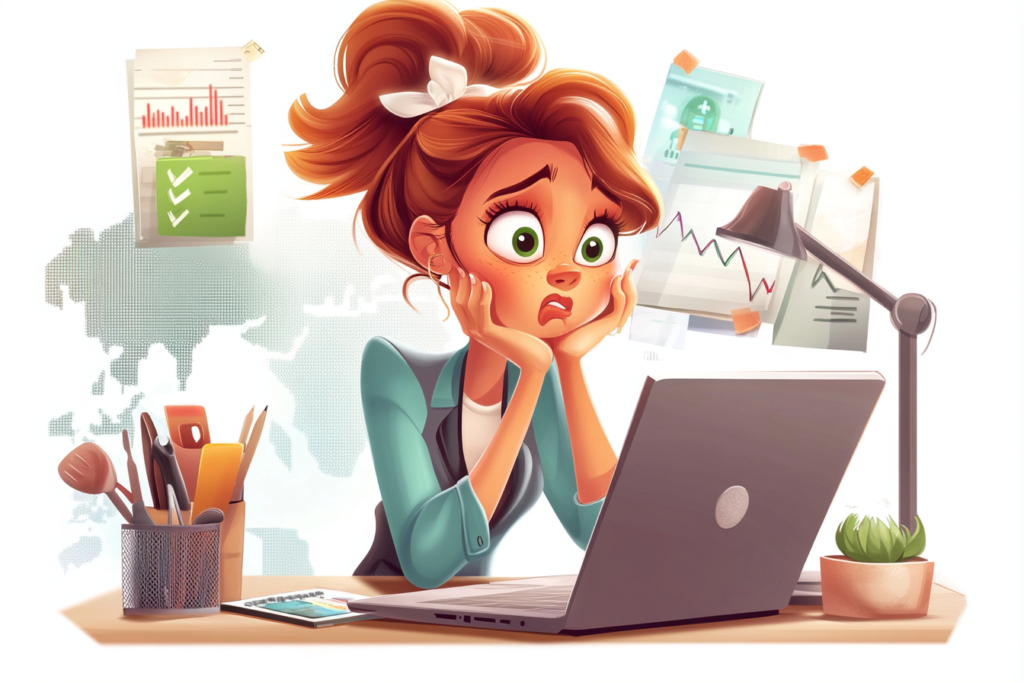
Over the past three emails, I’ve explored the critical success factors that separate winning products from also-rans: consistent outcomes, meaningful advantages, and intuitive ease of use.
Today, I’m tackling the final — and often fatal — factor from Chapter 15 of I Need That: Economics.
I’ve seen this scenario play out dozens of times: A brilliant team creates a product with flawless performance, clear advantages, and an intuitive user experience.
They launch with fanfare, gain initial traction… and then slowly bleed to death.
What happened? The economics never worked.
This is what happened with SearBQ, one of my all-time favorite products that didn’t make it.
We launched it with phenomenal success. With minimal ad spend, we shipped a million dollars worth of the cast-iron grill presses in the first 5 months, despite brutal supply chain issues.
But then economics started to run afoul. Iron costs spiked. Shipping costs too. Making and delivering the product began to cost more than people were willing to pay.
At the same time, Apple made major privacy changes to its iOS and ad platform costs skyrocketed like never before. What started off gloriously had become unsustainable on multiple levels.
In the excitement of innovation, it’s dangerously easy to overlook the brutal math that governs all products. Your business model is NOT a detail to figure out later. It is the oxygen your product needs to survive.
I’ve worked with founders who built incredible products with fatal economic flaws:
- A hardware device that cost $32 to manufacture but could only command $49 in the market
- A subscription service with a 68% monthly churn rate
- A consumer product that required $93 in marketing spend to acquire each $79 customer
These are not challenges to overcome, but existential crises. No amount of optimization, growth hacking, or pivoting can save a product with fundamentally broken economics.
It’s NOT a problem you can market your way out of.
Economic viability isn’t only profit margins (though those are essential).
It encompasses:
- Customer acquisition costs relative to lifetime value
- Manufacturing and distribution scalability
- Pricing power and elasticity
- Return and support costs
- Long-term defensibility
Product Payoff: Warby Parker transformed the eyewear industry through economic reinvention. When traditional glasses retailers were operating on 200-300% markups and complex insurance relationships, Warby Parker built a direct-to-consumer model with a simple $95 price point for prescription glasses. By eliminating middlemen, controlling its own supply chain, and creating a home try-on program that reduced returns, the company achieved customer acquisition costs under $50 compared to competitors’ $100+.
Action for today: Calculate your true unit economics across the entire customer lifecycle Think far beyond the cost to make your product, including costs to market, sell, support, and occasionally replace it. Be brutally honest about every expense. Then think about things that can increase beyond your control, like tariffs (yikes!), raw materials, shipping, warehouse fees, staffing and support. If the math doesn’t work today, what specific metrics would need to change to make it viable? And how realistic are those changes?
With this email, we’ve covered all four critical success factors from Chapter 15 of I Need That: Outcomes, Advantages, Ease, and Economics. Products that nail all four exit the battle or survival, and thrive. Those that miss even one almost always struggle — or fail entirely.
Tap that sweet lil’ reply arrow, and let’s talk about tuning your product’s economic engine. Or reach out to my team of product marketing specialists at Graphos Product.
